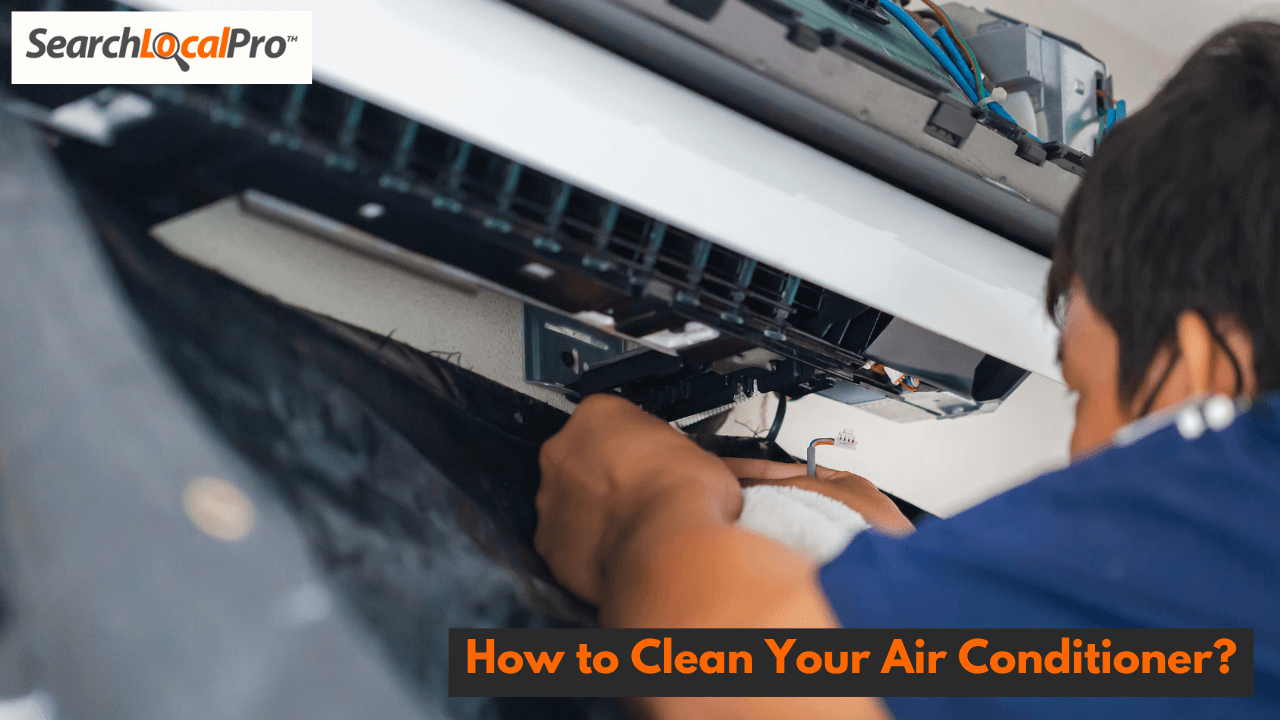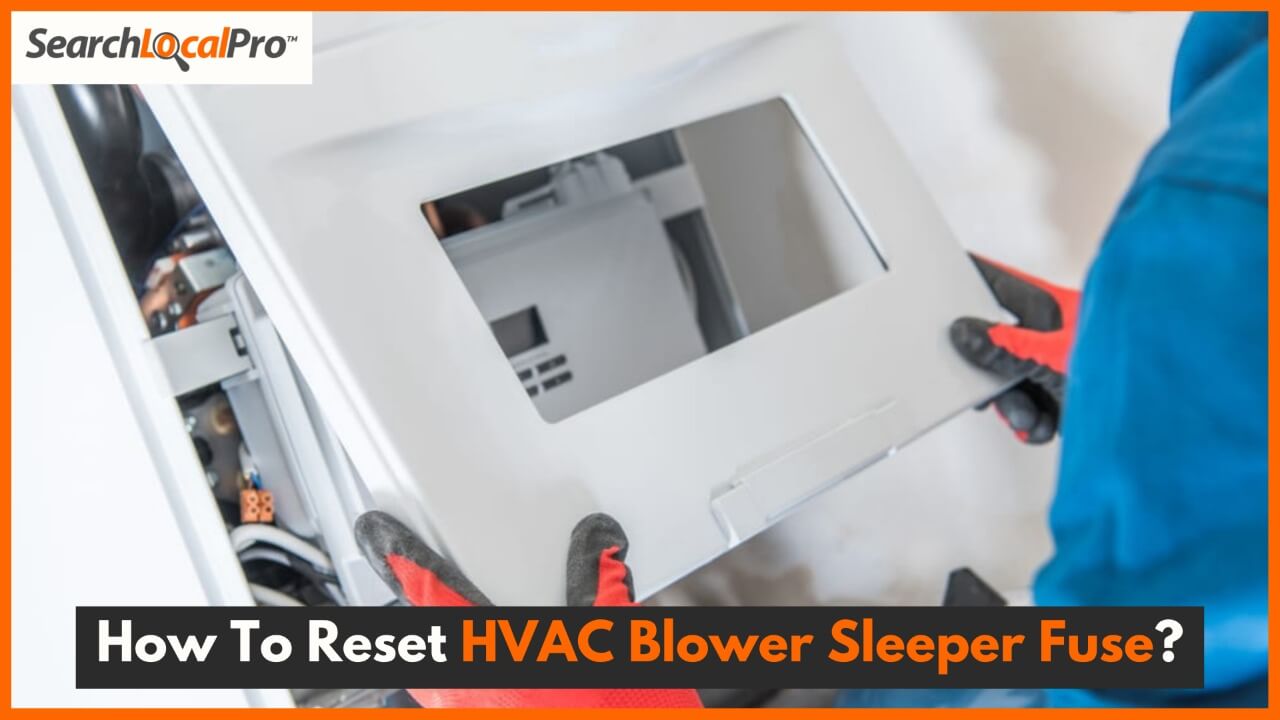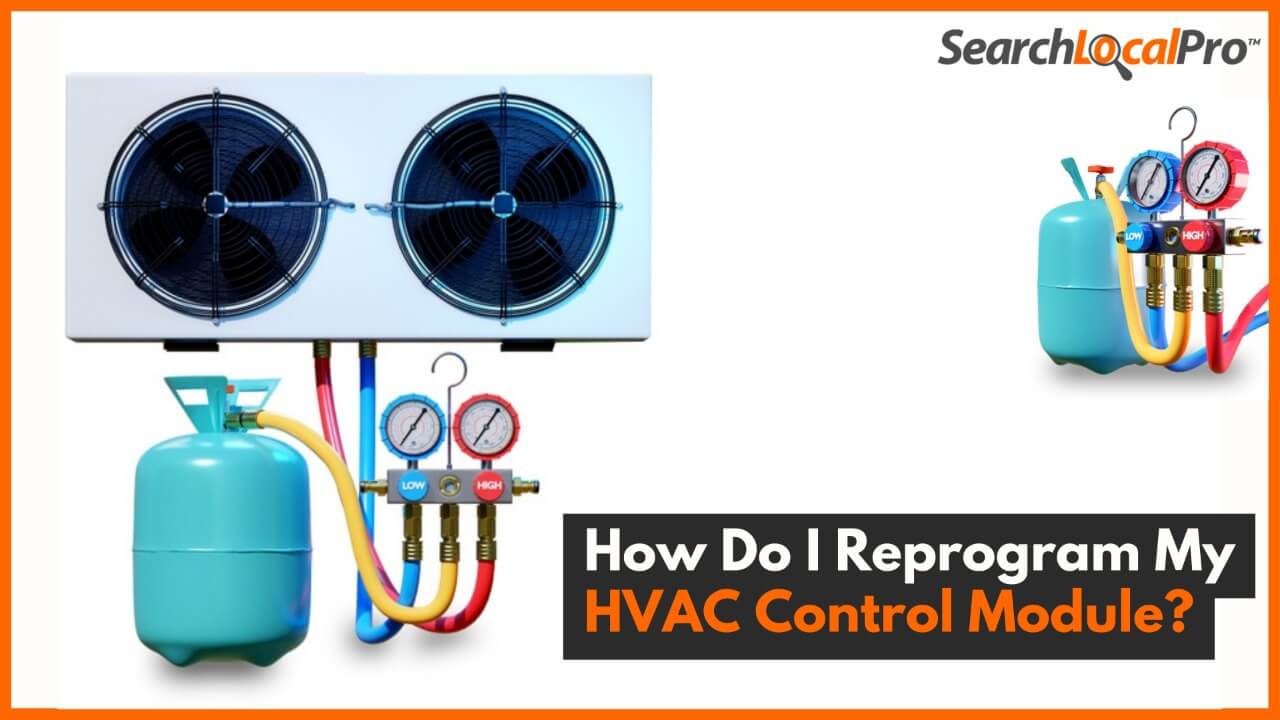Air conditioners play a vital role in maintaining comfort in our homes and workplaces, especially during the hot summer months. However, to function effectively, they require regular cleaning and maintenance. Just like any other appliance, air conditioners can accumulate dirt, dust, and debris over time. This buildup can not only affect their performance but also reduce their lifespan and efficiency. In this article, we will explore how to clean air conditioner, its cleaning process, discuss the signs of a dirty air conditioner, outline necessary tools and materials, and provide step-by-step instructions for cleaning various components of your AC unit.
Overview of the Air Conditioning Cleaning Process
Cleaning an air conditioner involves several steps, including:
- Inspecting the unit: Check for visible dirt and damage.
- Cleaning or replacing air filters: This is crucial for airflow and efficiency.
- Cleaning the coils: Coils are essential for heat exchange and need to be clean for optimal performance.
- Cleaning the outdoor unit: This unit collects debris and dirt from the environment.
- Cleaning other parts: This includes the remote control, drain pan, and vents.
- Regular maintenance: Establishing a routine cleaning schedule is key to keeping your air conditioner in top condition.
Signs of a Dirty Air Conditioning System
Knowing the signs of a dirty air conditioner can help you take action before more significant problems arise.
Physical Signs of a Dirty Air Conditioner
- Visible Dust and Debris: If you can see dust or dirt on the exterior of your air conditioning unit, it likely indicates that the interior components are also dirty.
- Mold Growth: If you notice mold or mildew around your air conditioner, it’s essential to clean it immediately, as this can lead to health issues.
- Water Leaks: If your air conditioner is leaking water, this could be due to a clogged drain line, often caused by dirt buildup.
Performance Signs of a Dirty Air Conditioner
- Weak Airflow: If the air coming from your vents feels weak or uneven, it could indicate that the air filter is dirty or that the coils are clogged.
- Strange Noises: Unusual sounds, such as grinding or rattling, can be a sign of debris in the fan or other moving parts.
- Increased Energy Bills: If you notice a sudden spike in your energy bills, it may be time to clean your air conditioner, as a dirty unit works harder to cool your space.
Tools and Materials Needed for Air Conditioner Cleaning
Before you start cleaning your air conditioner, gather the necessary tools and materials. Here’s a list of what you will need:
- Screwdriver: To remove access panels.
- Soft brush or vacuum with a brush attachment: For cleaning dust from the filters and coils.
- Mild detergent: For cleaning various parts.
- Water hose: To rinse off dirt from the outdoor unit.
- Coil cleaner: A specialized cleaner for the evaporator and condenser coils.
- Bucket: To catch any water or debris that may fall during cleaning.
- Protective gloves and goggles: To protect yourself during the cleaning process.
How to Use These Tools
- Use the screwdriver to open access panels carefully.
- The soft brush or vacuum can be used to gently remove dust and dirt from filters and coils.
- Mix a mild detergent with water in a bucket for cleaning surfaces.
- Use a water hose to rinse the outdoor unit, ensuring the water flow is gentle to avoid damage.
- Apply coil cleaner as directed on the product label.
How to Clean Air Filters in Your Air Conditioner
Air filters are one of the most critical components of an air conditioning system. They prevent dust and debris from entering the unit and help maintain clean airflow. Here’s how to clean or replace your air filters:
- Turn Off the Power: Before doing any work, turn off the power to your air conditioner to prevent any accidents.
- Remove the Filter: Locate the filter compartment, usually found in the air handler or indoor unit. Remove the filter carefully.
- Clean or Replace:
- For washable filters: Rinse the filter with water until the dirt is gone. You can use a mild detergent if necessary. Let it dry completely before reinserting.
- For disposable filters: If the filter is dirty and not washable, replace it with a new one.
- Reinstall the Filter: Once dry, or after placing a new filter, reinstall it into the unit securely.
Coils and Air Conditioning Cleaning
Coils are essential components in your air conditioning system. They help transfer heat and are vital for cooling efficiency.
What are Coils in Air Conditioners?
Air conditioners have two main types of coils:
- Evaporator Coils: Located indoors, these coils absorb heat from the indoor air.
- Condenser Coils: Found in the outdoor unit, these coils release heat to the outside.
Both types of coils can become dirty over time, which can significantly affect performance.
How to Clean Evaporator Coils
- Turn Off the Power: Ensure the unit is powered down.
- Access the Coils: Open the panel covering the evaporator coils.
- Dust the Coils: Use a soft brush or vacuum to remove dust and debris from the coils gently.
- Apply Coil Cleaner: Spray coil cleaner onto the evaporator coils, following the instructions on the product label.
- Rinse: If applicable, rinse the coils with water after the cleaner has done its job, then allow them to dry completely.
How to Clean and Maintain the Outdoor Unit
The outdoor unit of your air conditioner requires regular cleaning to function efficiently. Here’s how to do it:
- Turn Off Power: Always turn off the power to the unit before cleaning.
- Clear Debris: Remove leaves, dirt, and any other debris from around the unit.
- Clean the Fins: Use a soft brush to gently clean the fins of the outdoor unit. Be careful not to bend the fins, as this can affect airflow.
- Rinse the Unit: Use a water hose to rinse the exterior of the outdoor unit, removing any remaining dirt and debris.
- Check for Obstructions: Ensure that there are no plants or objects blocking the airflow around the unit.
How to Clean Other Air Conditioner Parts
In addition to filters and coils, other components of your air conditioner also require cleaning.
Clean Your Air Conditioner Remote Control
- Remove Batteries: Start by taking out the batteries from the remote.
- Wipe Down the Surface: Use a soft, damp cloth to clean the remote control’s surface. Avoid using harsh chemicals.
- Clean the Buttons: For stubborn dirt around the buttons, use a cotton swab dipped in rubbing alcohol.
- Replace Batteries: Once cleaned, replace the batteries and test the remote.
Common Mistakes to Avoid When Cleaning Your Air Conditioner
When cleaning your air conditioner, be mindful of common mistakes that can lead to damage or ineffective cleaning:
- Not Turning Off Power: Always turn off the power before cleaning to avoid electric shock or damage to the unit.
- Using Harsh Chemicals: Avoid using bleach or harsh chemicals that can corrode components.
- Neglecting to Dry Parts: Ensure that all parts are completely dry before reassembling to prevent mold growth.
- Skipping Regular Maintenance: Regular cleaning and maintenance help extend the life of your air conditioner.
DIY vs Professional Air Conditioner Cleaning
While cleaning your air conditioner can be a DIY task, there are times when it’s best to call in a professional.
DIY Cleaning
- Pros: Cost-effective, allows you to become familiar with your unit, and you can clean at your convenience.
- Cons: Requires time and effort, and there is a risk of improper cleaning if not done correctly.
Professional Cleaning
- Pros: Experts can perform a thorough cleaning, identify potential issues, and may provide maintenance services.
- Cons: Higher cost compared to DIY cleaning.
How Often Should You Clean Your Air Conditioner?
The frequency of cleaning your air conditioner depends on several factors, including usage and environmental conditions.
General Guidelines
- Every 1-3 Months: Check and clean or replace air filters.
- Every 6 Months: Clean coils and other accessible components.
- Annually: Schedule a professional maintenance service.
Factors That Affect How Often to Clean Your Air Conditioner
- Location: Homes in dusty or polluted areas may require more frequent cleaning.
- Usage: High usage during hot months increases the need for maintenance.
- Pets: Homes with pets may require more frequent filter changes due to fur and dander.
Saving Money by Keeping Your AC Filters Clean
Regularly cleaning and replacing your air conditioner’s filters can save you money. A clean filter helps improve airflow and efficiency, leading to lower energy bills. Additionally, a well-maintained system is less likely to break down, reducing repair costs.
Conclusion
Cleaning your air conditioner is essential for maintaining its performance and longevity. By regularly inspecting and cleaning filters, coils, and other components, you can ensure your unit operates efficiently. While DIY cleaning is possible, don’t hesitate to seek professional help when needed. A little effort in cleaning can go a long way in providing a comfortable and cost-effective cooling experience. Regular maintenance not only extends the life of your air conditioner but also saves you money in the long run.




